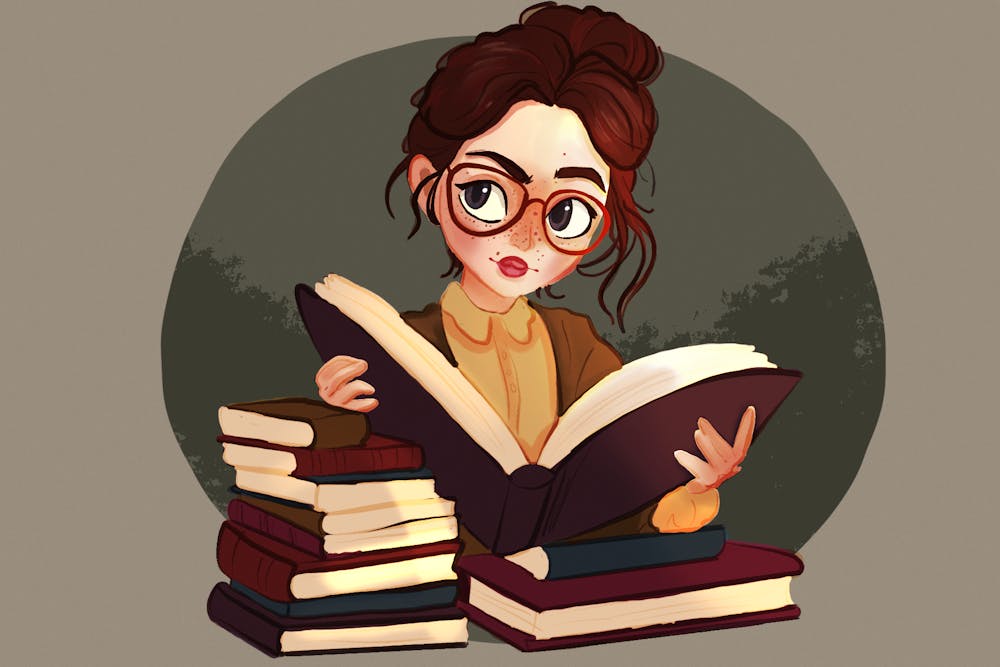At USC’s Moving Image Research Collections, there is a trove of archives including historical footage, images of cultural icons and travel logs of people’s experiences around the world. Moving Image Research Collections began in 1980 with the first donation of the Movietone News Collection. Since then, its holdings have grown to an estimated 6000 hours of material ranging from news footage to documentaries.
Moving Image Research Collections provides access to materials for students' interests or to aid in research. These archives span decades and cover a wide range of subjects. Daniella Curró, director of the Moving Image Research Collections, shared some of the archives that she finds particularly captivating.
Historical film

The Fox Movietone News Collection, donated by 20th Century Fox Studio, is made up of news reels that feature footage from 1919 to 1934 and from 1942 to 1944, during World War II. Footage during these times captured the perspective of life for people back then in the U.S and abroad.
Documentation of former President Calvin Coolidge's travels, as well as newsreels and footage of World Wars I and II. The archives hold images of New York City being built, showing footage of skyscrapers going up and visuals marking the beginning of an industrializing country.
Cultural figures
There is a collection of famous figures, including Josephine Baker, a French singer, dancer and activist, performing for an audience in The Netherlands. Other pictures include Douglas Fairbanks, a Hollywood star, filmmaker and actor,at the height of his film career. You can see the Madame Mars collection about women in space exploration and their contribution to science, including Yvonne Cagle, the chief scientist of NASA's research program and 1 of 6 African American women astronauts.
Roman Vishniac, a renowned photographer, is best known for documenting Jewish communities in Europe before World War II. Moving Image Research Collections has his early work about pre-war Jewish life in Eastern Europe. The collection also includes his later work on micro-organisms and microscopic footage of natural life, giving a different perspective on the natural world than people had seen before.
Archeological excavations
The collection also brings the world of ancient artifacts to life through pictures of the discoveries. There is footage of the Great Sphinx of Giza , revealing that it was bigger than expected.
Other images reveal excavations in Thailand and Japan and images of wedding dresses and other found clothing from China that represent the Chinese fashion of the 1920s and 1930s.
"We have fantastic footage of Asia, the Middle East, Europe, South America and North America. It's fantastic jumping into history, and learning things as they were," Curró said.
Personal stories
The Moving Image Research Collections also carries personal narratives and footage from the 1900s.
Some of the archives the library receives about campus life start in the 1960s, including videos of events, such as the first time USC celebrated Earth Day. Collections of sporting event footage from basketball training and football games, as well as speeches from faculty and students, highlight what life was like at USC back then.
In 1922, two sisters embarked on a journey around the globe on a cruise funded by American Express. The escapade, which lasted 130 days, was documented through footage and photos, offering a view of the world through the eyes of Claudia Lea Phelps and her sister Eleanor Phelps. Claudia Lee Phelps was a sportswoman that bred terriers while Eleanor Phelps was a philanthropist. Their journey can be seen through diary entries, maps and souvenirs.
Located on 707 Catawba Street and open Monday through Friday 9 a.m. to 5 p.m., the Moving Images Research Collection has a wealth of history that is open to see online and in person. Any student is welcome.

